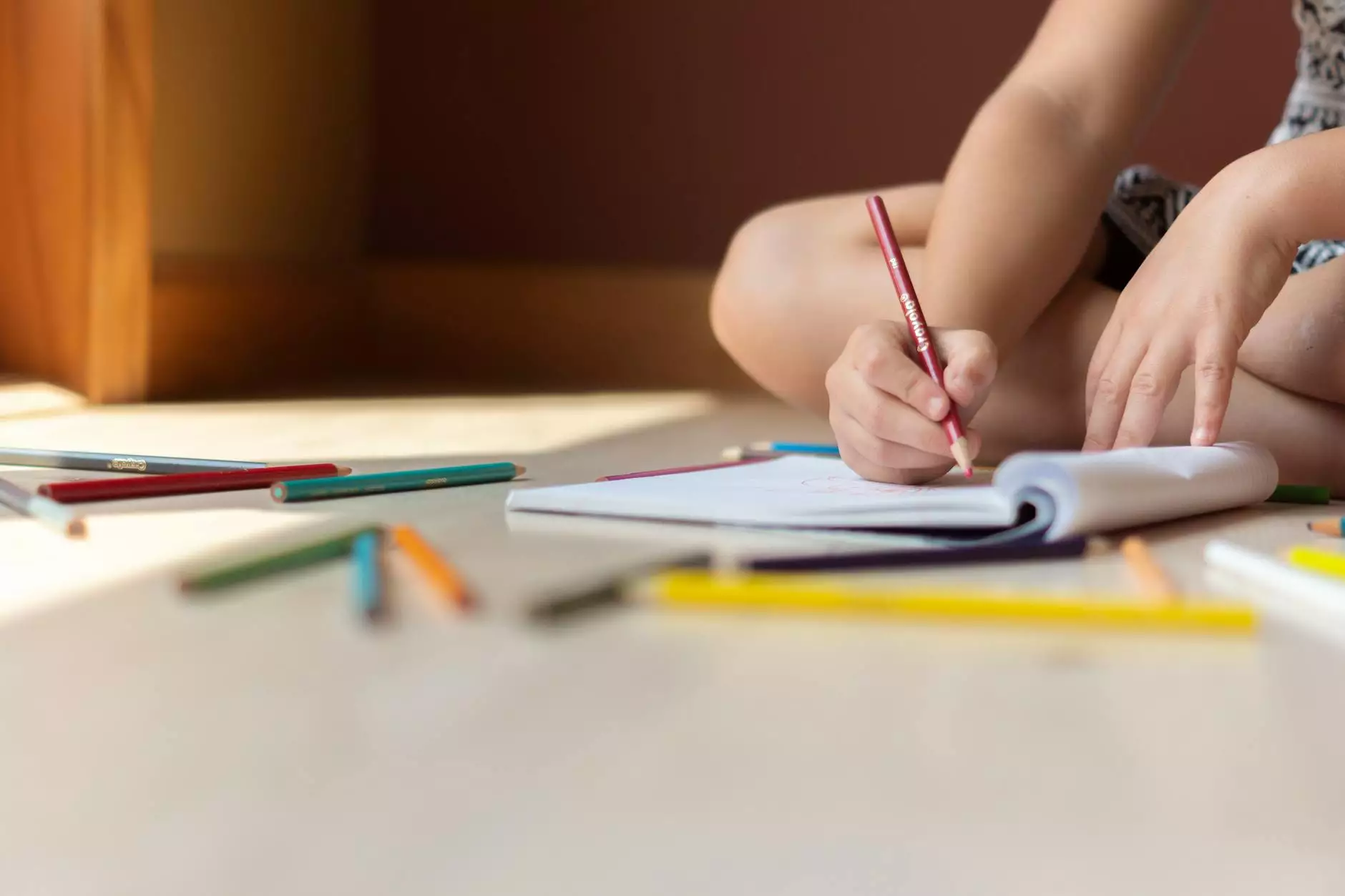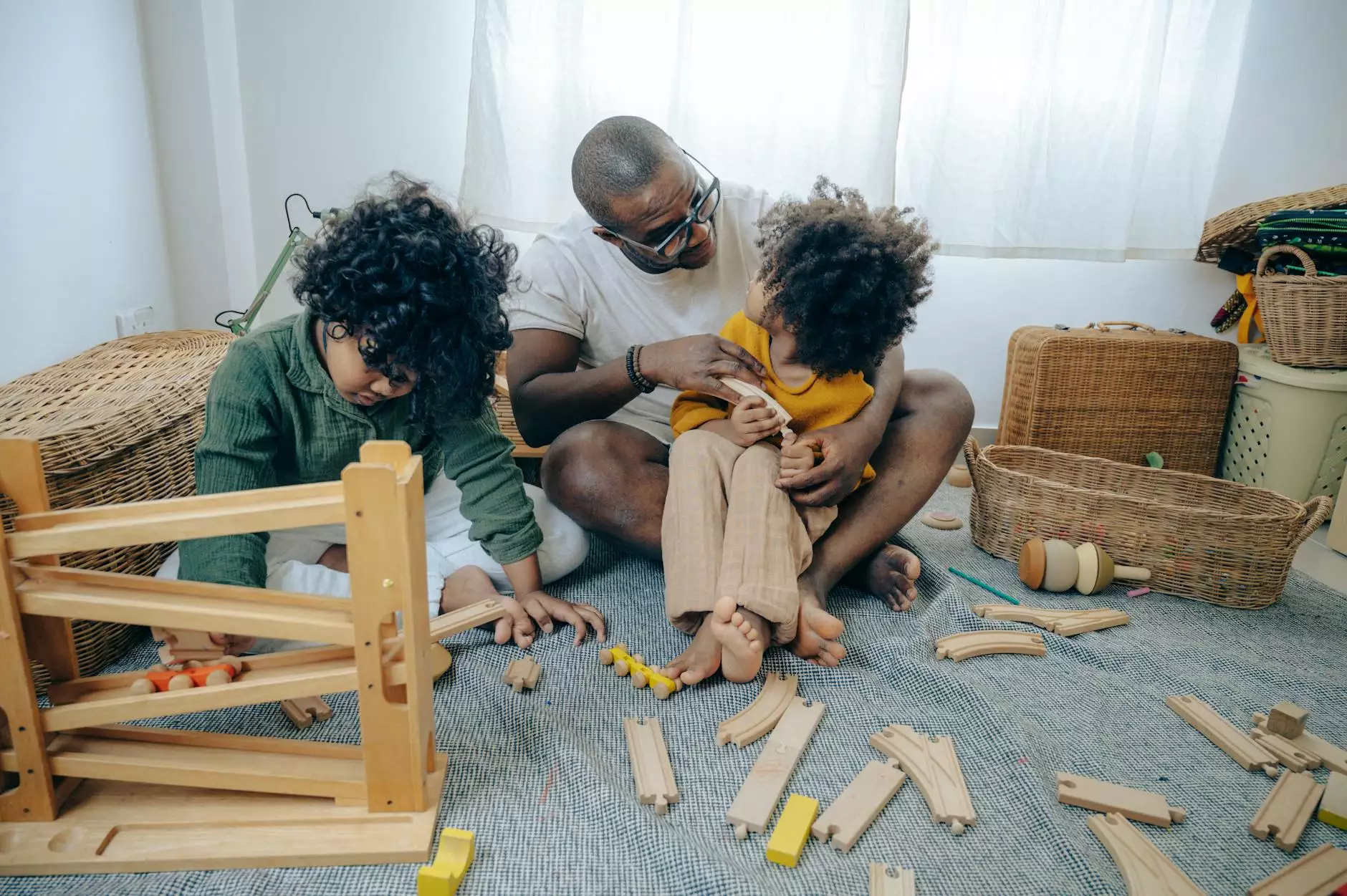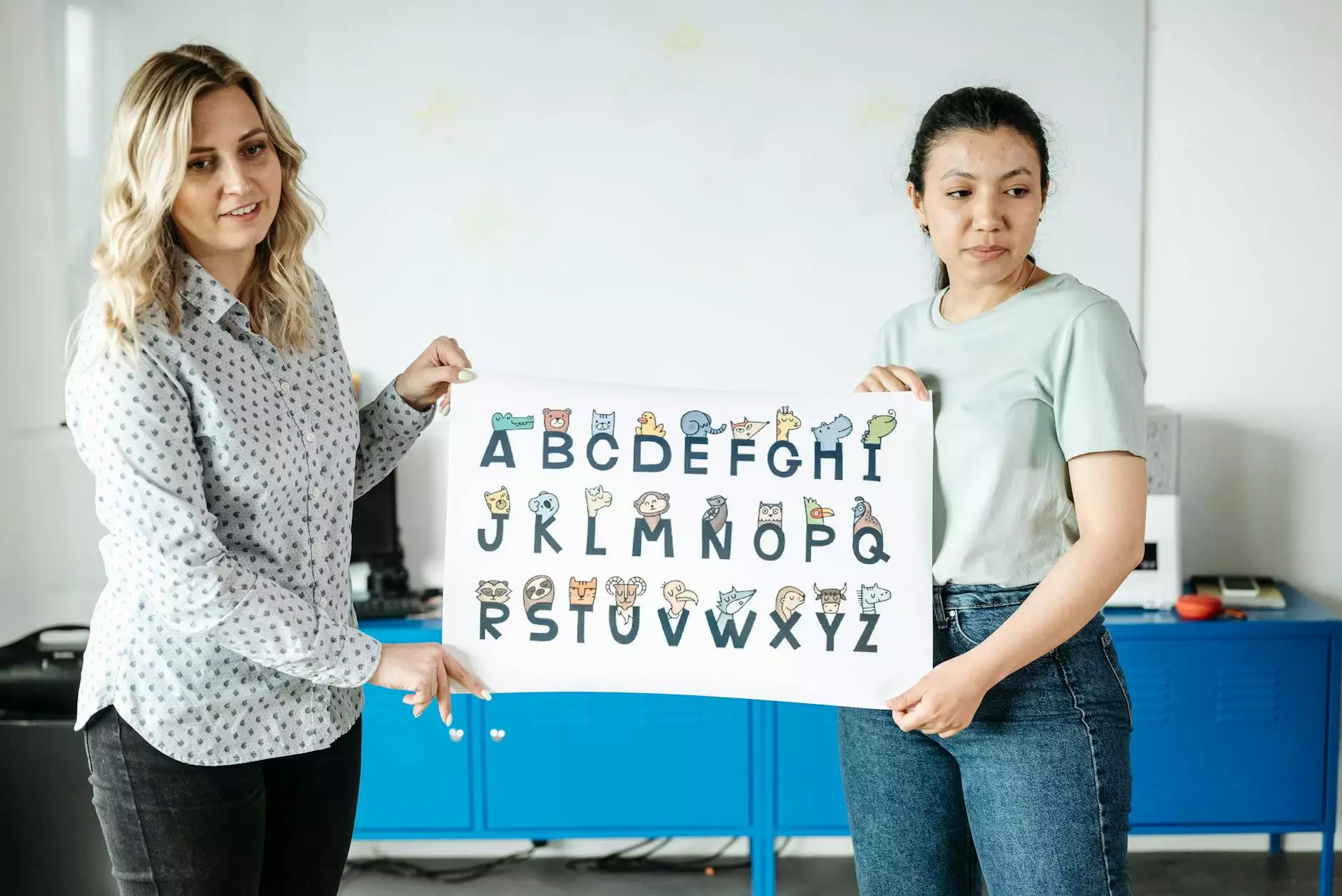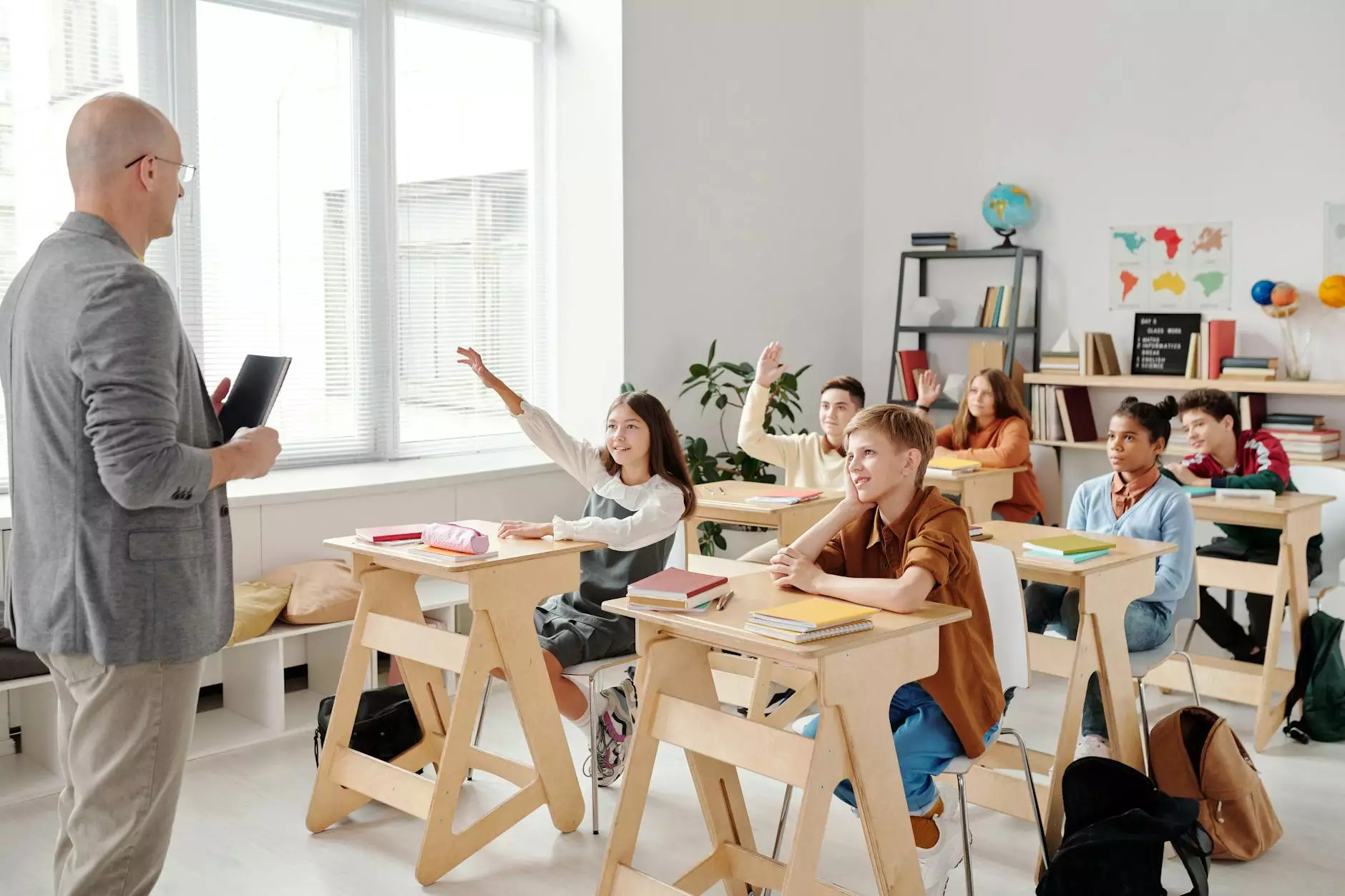10 Tips to Organize Your Classroom

Welcome to The Knowledge Nest, your go-to resource for insightful tips and information in the field of education. In this article, we will share with you the top 10 tips to help you effectively organize your classroom. Creating a well-structured and efficient learning environment is essential for promoting optimal learning outcomes for your students.
1. Define Clear Learning Areas
Start by defining clear learning areas within your classroom. Designate specific spaces for different activities such as reading, group work, and independent study. This will help students understand the purpose of each area and promote a focused learning experience.
2. Utilize Proper Storage Solutions
Invest in high-quality storage solutions to keep your classroom organized. Use shelves, bins, and drawers to store supplies, textbooks, and materials in a neat and accessible manner. This will save time and minimize distractions during class.
3. Create a Visual Classroom Schedule
Display a visual classroom schedule that outlines the daily activities and routines. This will help students develop a sense of structure and assist in managing their time effectively. Make sure to update the schedule regularly and include important reminders and upcoming events.
4. Establish a Functional Classroom Library
Set up a functional classroom library with a wide range of books that cater to the interests and reading levels of your students. Organize the books by genre or reading level and create a cozy reading area where students can immerse themselves in the joy of reading.
5. Implement a Clear Desk Policy
Encourage your students to maintain a clear desk by implementing a clear desk policy. Teach them to organize their materials at the end of each class or activity. A clutter-free desk promotes better focus and reduces the likelihood of misplaced assignments or materials.
6. Use Labels and Visual Aids
Labels and visual aids play a crucial role in maintaining an organized classroom. Label storage bins, shelves, and drawers to help students locate and return materials easily. Utilize visual aids such as posters, charts, and diagrams to support learning and reinforce key concepts.
7. Implement Digital Organization Tools
Embrace technology and leverage digital organization tools to streamline your classroom management. Use online platforms for assigning and submitting assignments, creating digital calendars, and engaging students in interactive activities. Digital tools can significantly enhance organization and efficiency in the classroom.
8. Encourage Student Responsibility
Empower your students to take responsibility for maintaining an organized classroom. Assign classroom jobs that involve tidying up, organizing supplies, and ensuring the cleanliness of the learning environment. Instilling a sense of ownership fosters a cooperative and organized classroom culture.
9. Establish Effective Routines
Establishing effective routines is essential for creating a well-organized classroom environment. Set clear expectations for entering and exiting the classroom, transitions between activities, and handling materials. Consistency and predictability promote a smooth flow of learning throughout the day.
10. Regularly Declutter and Refresh
Finally, make it a habit to regularly declutter and refresh your classroom. Conduct periodic assessments of your organizational systems and make necessary adjustments. Encourage students to participate in the process and provide feedback on how to improve the classroom organization.
By following these 10 tips, you will create an organized classroom that supports optimal learning outcomes for your students. Remember, an organized environment promotes focus, reduces distractions, and enhances overall productivity. Stay tuned to The Knowledge Nest for more educational insights and tips to transform your classroom!










